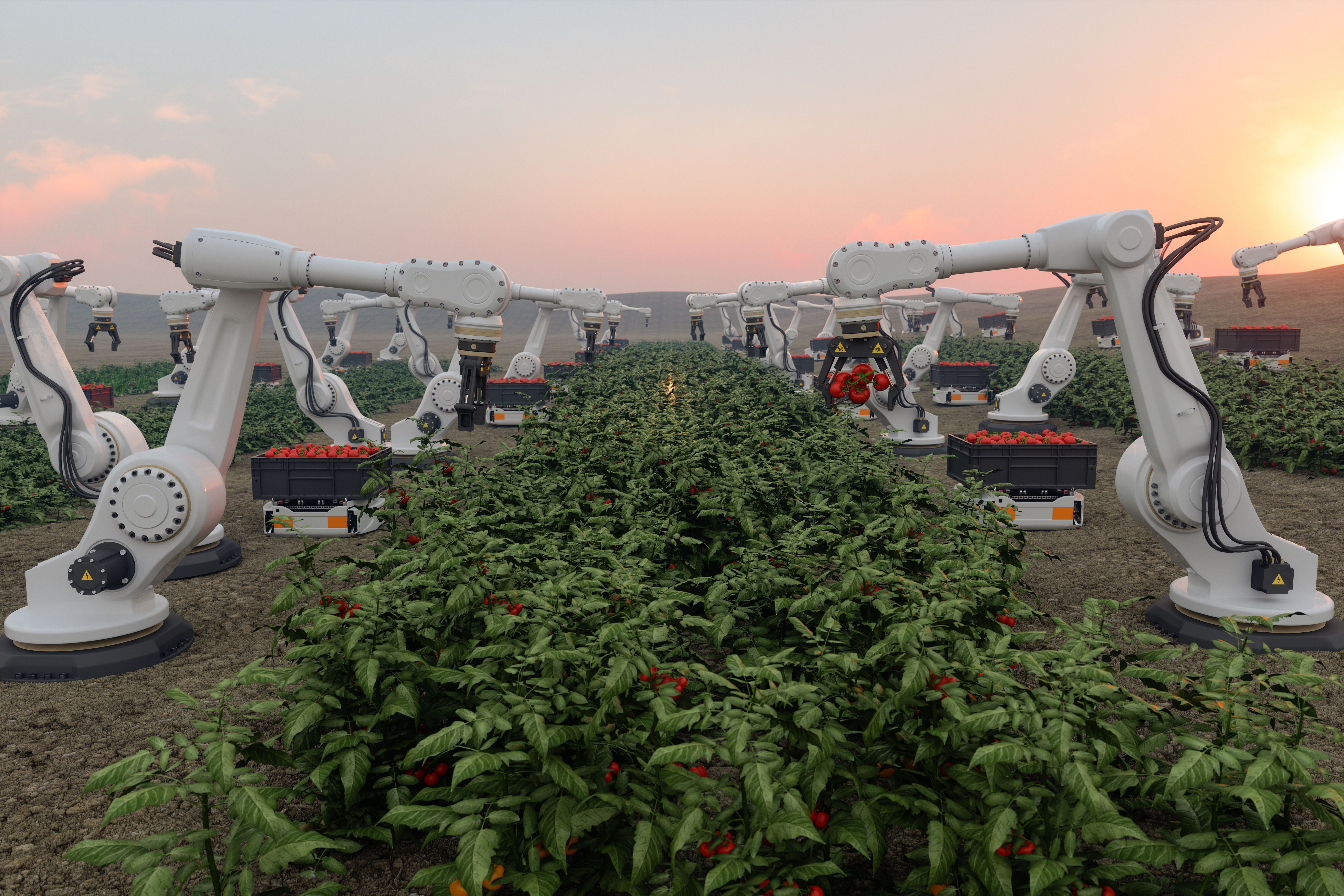The Future of Food Production: Labor Costs and Automation
Introduction to Automation in Food Production
The food production industry is undergoing a significant transformation, largely driven by the dual forces of increasing labor costs and the advent of automation. As the global population continues to rise, the demand for food production is higher than ever. This shift necessitates innovative solutions to meet the growing needs efficiently and sustainably.
Automation in food production is not just about replacing human labor; it's about enhancing productivity, ensuring quality, and reducing waste. With technological advancements, the industry is poised to embrace a new era where machines and humans work side by side to ensure food security.

The Impact of Rising Labor Costs
One of the primary drivers for the adoption of automation in food production is the rising cost of labor. As wages increase, it becomes increasingly challenging for producers to maintain profitability while keeping food prices competitive. This financial pressure pushes many in the industry to seek cost-effective alternatives.
Moreover, the labor market in agriculture often faces shortages due to the physically demanding nature of the work and rural location of many jobs. These factors contribute to a growing reliance on technology to fill the gaps left by a shrinking workforce.
The Role of Robotics
Robotics is playing a crucial role in transforming food production processes. From planting and harvesting to processing and packaging, robots are becoming integral to streamlining operations. These machines can operate around the clock, increasing efficiency and output significantly.
In addition to increased productivity, robots provide consistent results, minimizing errors that can occur with manual labor. This consistency is particularly important in ensuring food safety and quality, key factors for consumer trust and satisfaction.
Advanced Technologies Driving Change
Beyond robotics, several advanced technologies are shaping the future of food production. Artificial intelligence (AI) and machine learning are being used to optimize everything from crop management to supply chain logistics. These technologies analyze vast amounts of data to predict trends, improve yields, and reduce resource usage.
Furthermore, the Internet of Things (IoT) is facilitating real-time monitoring and control over farming operations. IoT devices can track soil conditions, weather patterns, and even livestock health, providing farmers with actionable insights to make informed decisions.

Challenges and Considerations
While automation offers numerous benefits, it also presents challenges that need addressing. The initial investment in technology can be substantial, posing a barrier for smaller producers. Additionally, there is a learning curve associated with adopting new technologies, requiring training and adaptation.
There are also concerns about the impact on employment in the sector. However, it's essential to view automation as an opportunity to create new roles focused on technology management and innovation.
Conclusion: A Balanced Future
The future of food production lies in finding a balance between human and automated efforts. By leveraging technology, the industry can address labor shortages, reduce costs, and enhance sustainability. As we advance, it will be crucial to ensure equitable access to these technologies so that all producers can benefit from the efficiencies they provide.
Ultimately, embracing automation in food production is not just about keeping up with demand; it's about building a resilient system capable of feeding generations to come while preserving our planet's resources.
